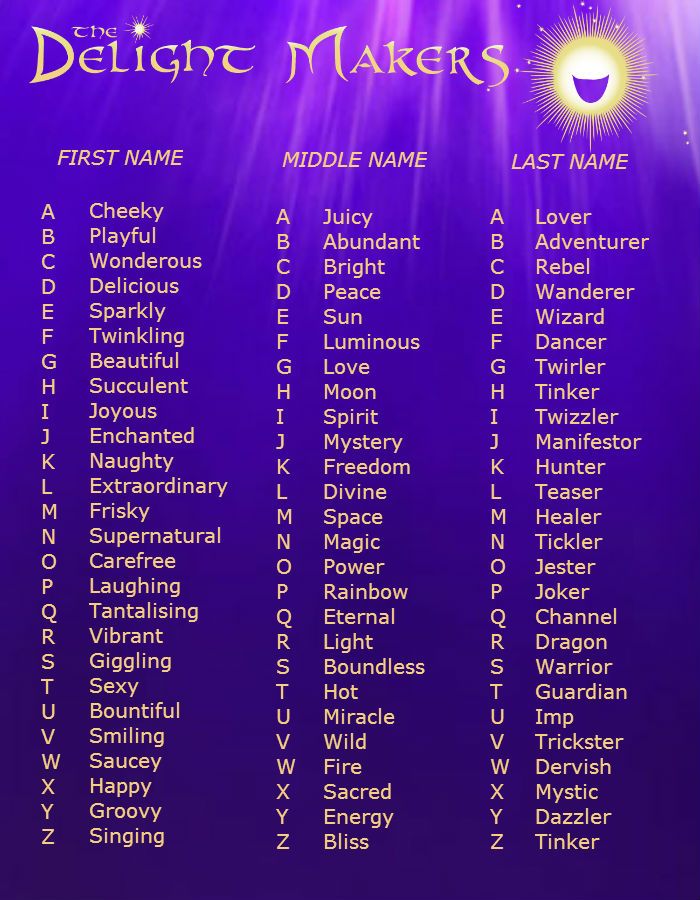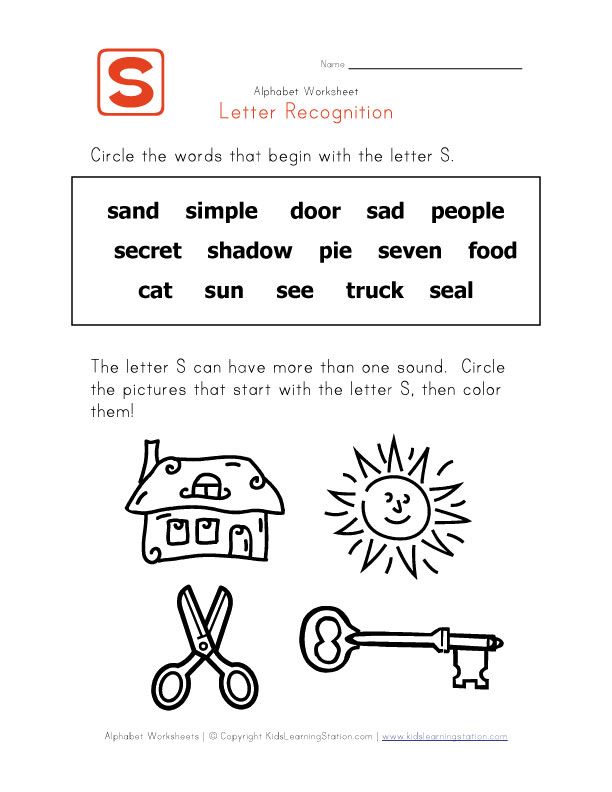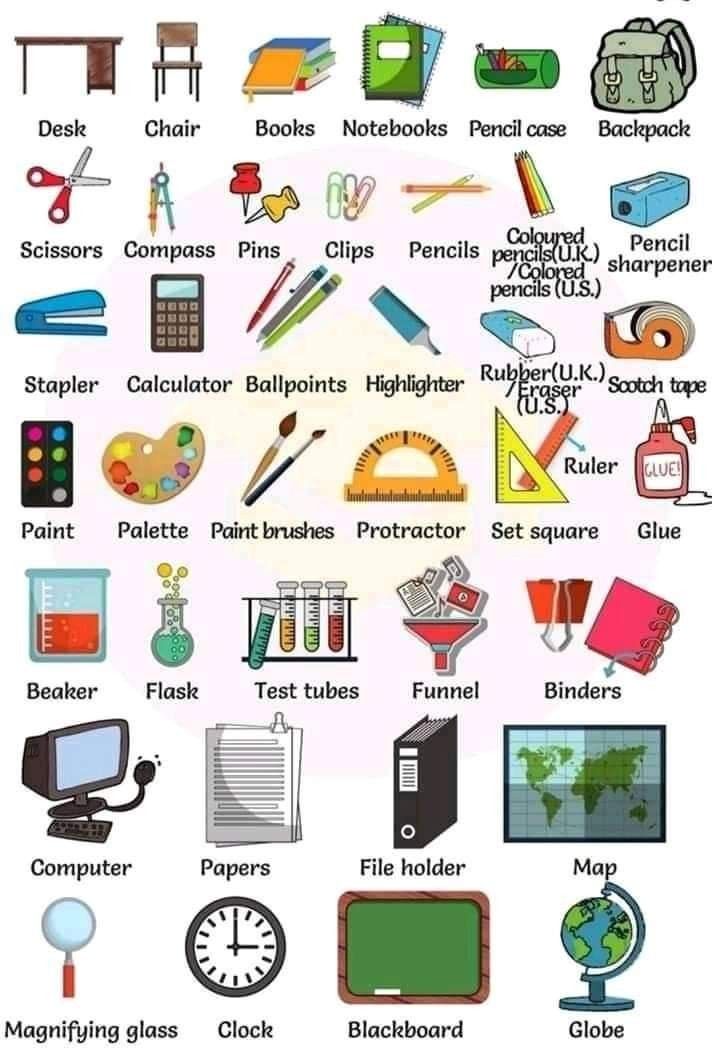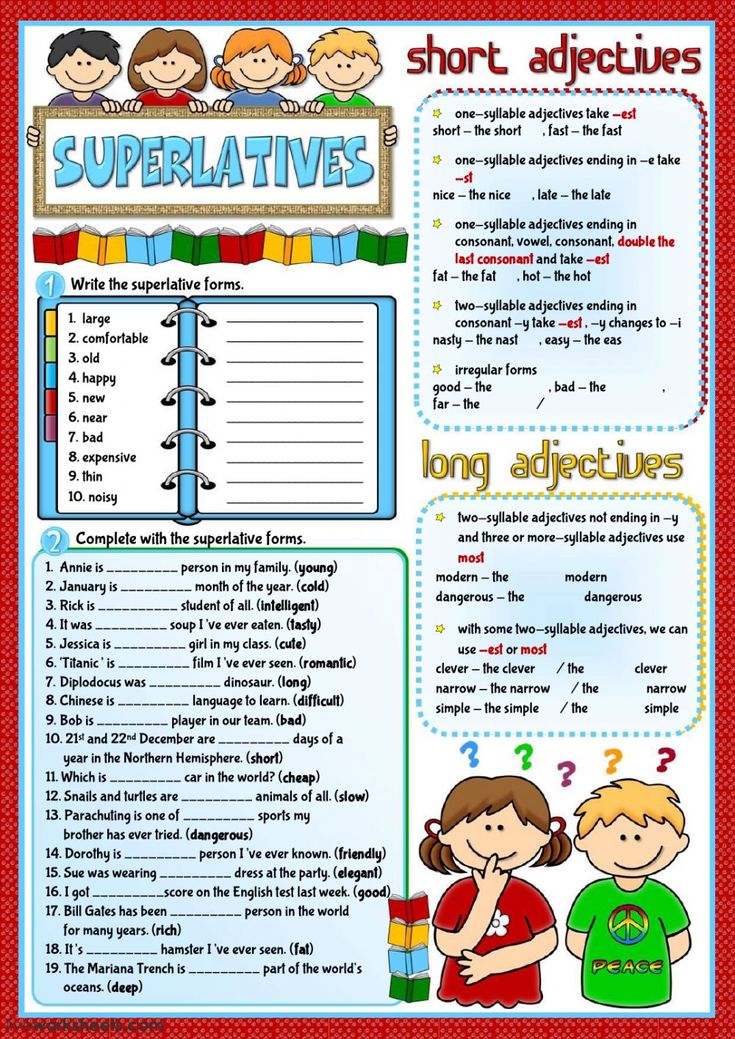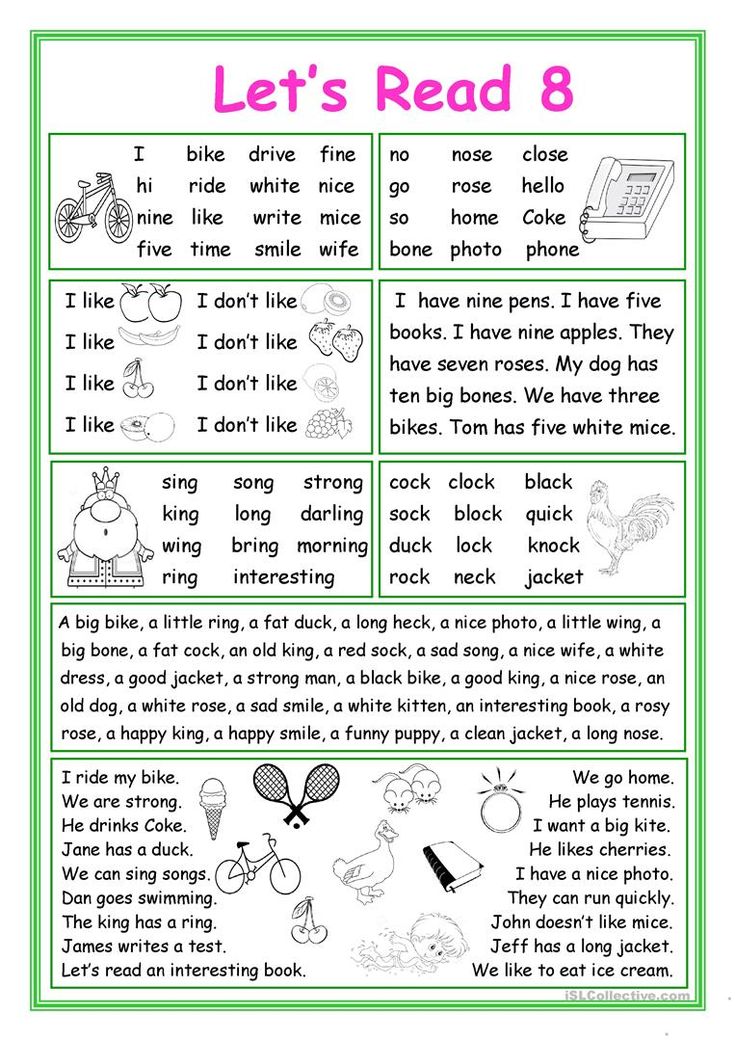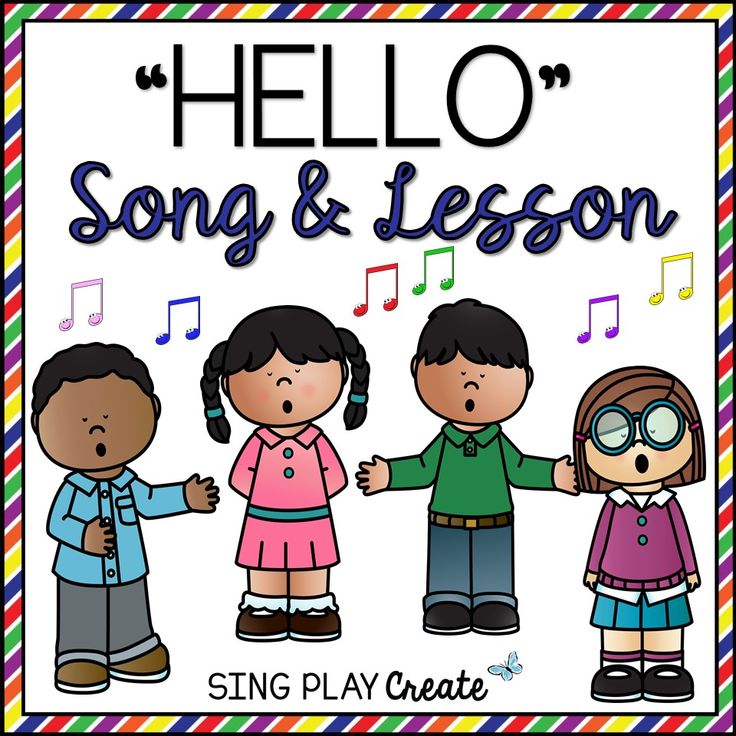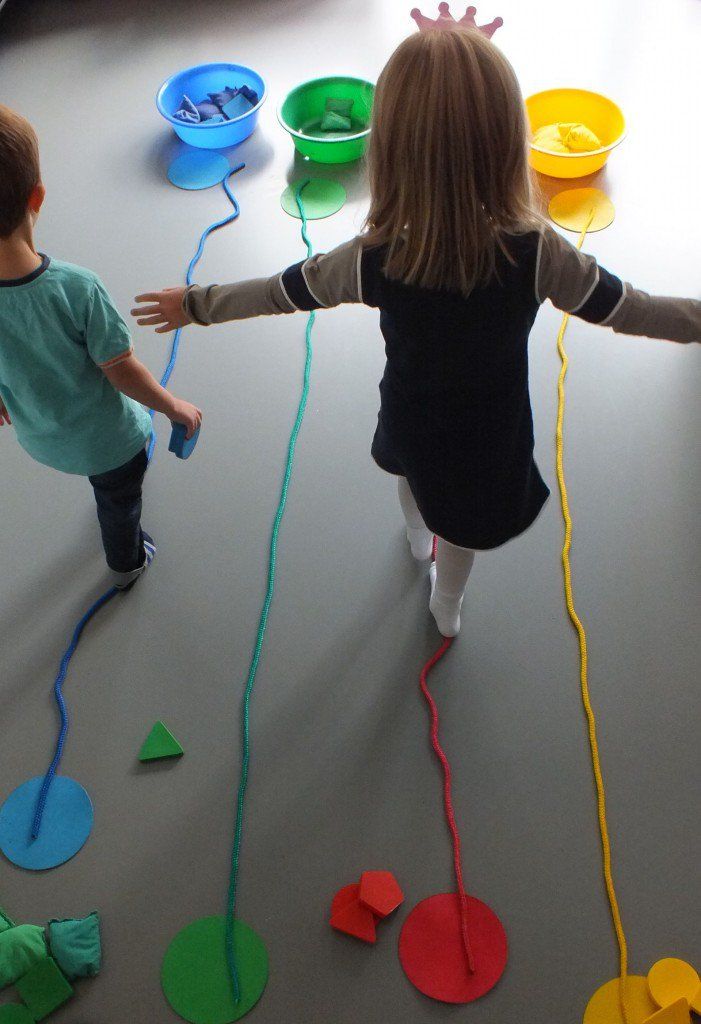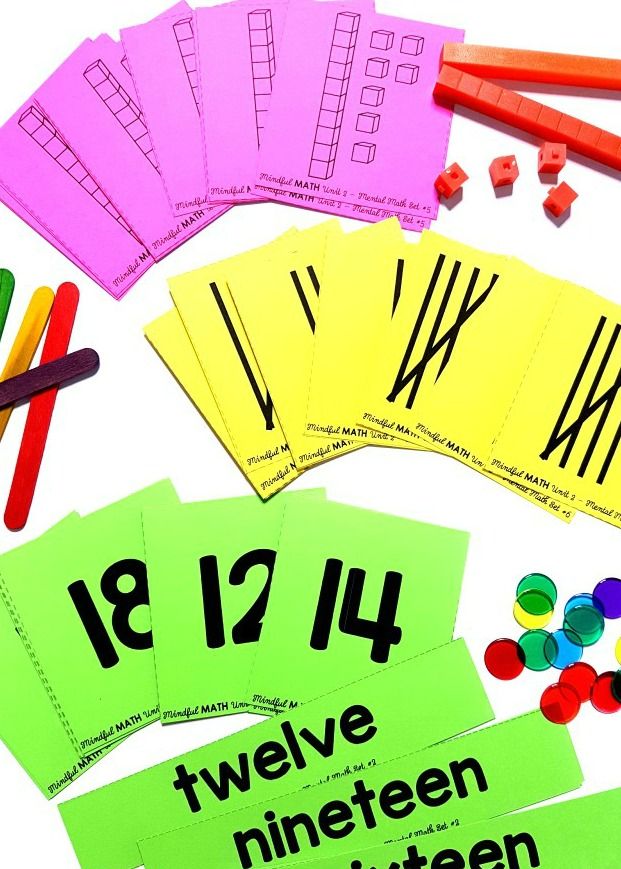Name that sound game
A2: Name That Sound | Sight Words: Teach Your Child to Read
- Overview
- Materials
- Activity
- Confidence Builder
- Extension
- Variation
- Small Groups
- Questions and Answers
1. Overview
The child listens to a sound and has to identify the sound. This helps the child learn to focus their attention onto a particular sound.
A2: Name That Sound
↑ Top
2. Materials
A smartphone or computer that can play the sounds below:
- alarm
- ambulance / police siren
- applause / cheering
- baby
- bell ringing
- bird
- cat
- coughing
- cow
- dog
- donkey
- duck
- fog horn / train
- footsteps
- frog
- heartbeat
- horse
- knocking / tapping
- lion
- mosquito
- owl
- pig
- race car
- rooster
- running water
- sawing
- sheep
- sneeze
- snoring
- toilet flushing
- wolf
- yawning
NOTE: There is no need to use all or even most of these sounds. Just pick a few that your child is familiar with. This game is about paying attention, not sound identification!
↑ Top
3. Activity
Prepare the child by playing all the sounds you are going to use, naming each sound as you hear it. This gets the child familiar with the sounds and their names.
Adult: [plays Cow] That was a cow.
[plays Rooster] That was a rooster.
[plays Baby] That was a baby.
Talk to your child about how to listen. Show him how to close his eyes and focus on what he hears, not just what he sees.
Video: How to play Name That Sound
Have your child sit with his eyes closed and listen while you play a sound for him.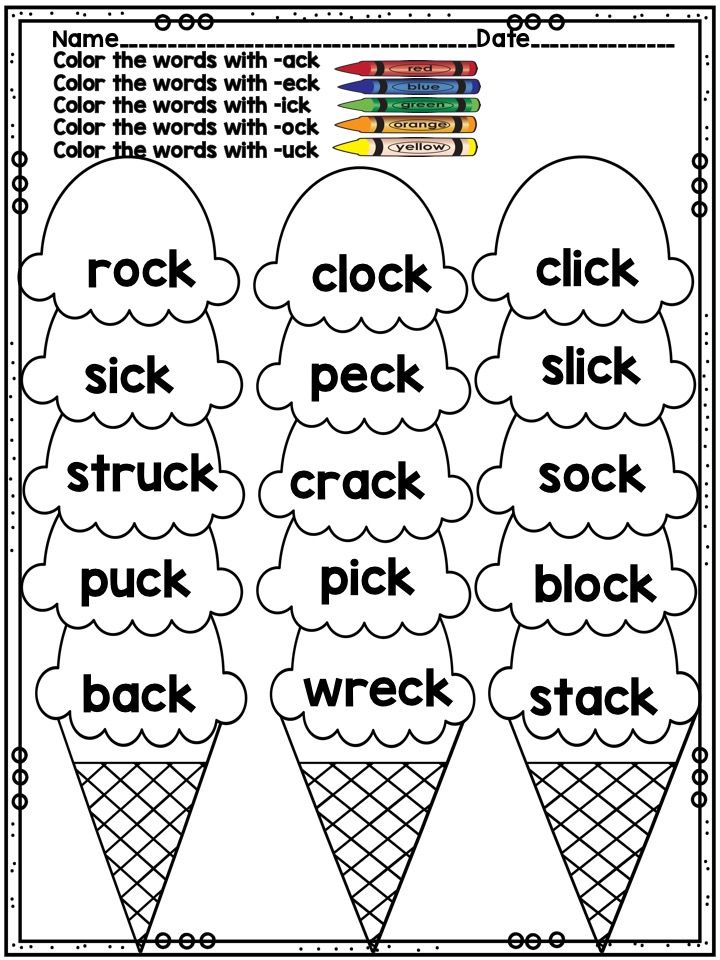 Then ask what he thinks it is.
Then ask what he thinks it is.
Adult: Listen. [plays Dog]
What was that sound?
Child: Umm…
Adult: Let’s play it again. Listen. [plays Dog]
What did you hear?
Child: A dog!
Repeat this several times with a variety of sounds.
↑ Top
4. Confidence Builder
If the child has trouble identifying a sound, help by giving two options.
Adult: Listen. [plays Cow] OK, what was that sound?
Child: Umm…I dunno.
Adult: Was it a cow, or a drum?
Child: Cow!
↑ Top
5. Extension
Instead of playing sound clips, use environmental sounds—anything happening around you. Have him sit with his eyes closed and just listen to the sounds around him for a few minutes. Then ask him to identify or describe the sounds he heard.
Start with just the usual noises (e.g., hum of the refrigerator) and then maybe add some of your own (e.g., crumpling paper). Here are some examples:
- Wind blowing
- Trees rustling
- Cars driving on street
- Airplane flying overhead
- Appliances running
- Clock ticking
- Jingling dog collar
- Crumpling paper
- Bouncing a ball
- Whistling
- Chewing something crunchy
- Snapping fingers
This game forms the foundation for First Sound, Last Sound (A4) and First, Next & Last Sounds (A6), where the child starts to identify and order longer sound sequences.
↑ Top
6. Variation
You can engage in this activity outside the home as well. Ask your child what he hears while you’re in the car, at the park, in the grocery store, etc.
↑ Top
7.
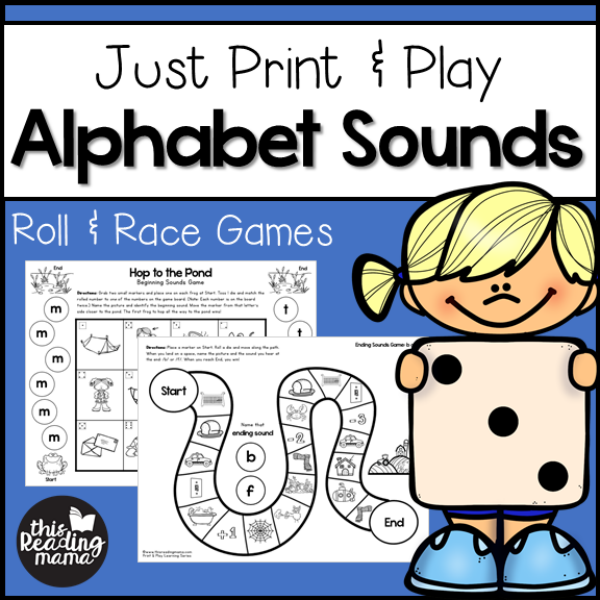 Small Groups (2-5 children)
Small Groups (2-5 children)
Lesson Objective: Children will be able to focus their attention and identify a specific sound.
GELDS (Georgia Early Learning & Development Standards): CLL2.2b, PDM4
Adaptation: Read the main activity, watch the video, and follow the instructions above, with the following changes:
- Have the children take turns making sounds for the others to identify.
- Have the children select an animal sound for the children to identify.
Reinforcement: Do a quick check to see that children are paying proper attention to the sounds. Play or make a sound, such as a dog barking. Then prompt the children with questions that they answer with a thumbs up or thumbs down gesture, like this:
Adult: Listen. [makes sound] Was that a cat?
Children: [thumbs down]
Adult: Was that a baby?
Children: [thumbs down]
Adult: Was that a dog?
Children: [thumbs up]
Use this Reinforcement at Home form to tell parents and guardians how they can reinforce lessons outside the classroom.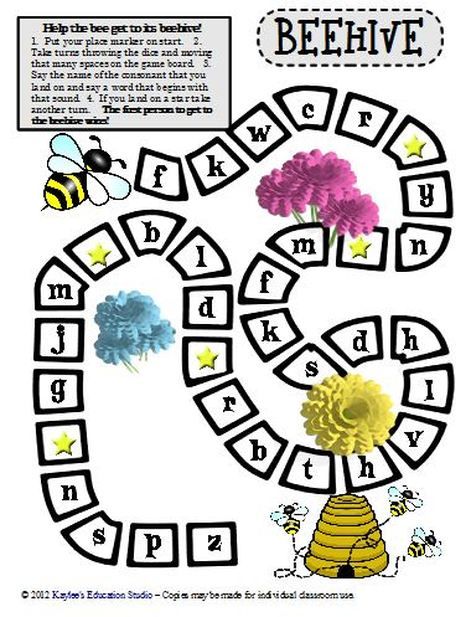
↑ Top
Leave a Reply
Virtual Ice Breakers – Mystery Sounds
Posted on September 21, 2020 by murcha | Leave a comment
One of the posts on this padlet suggested doing a Mystery Sound game as a virtual ice breaker with remote classes. As this week is our last week of term 3, just prior to a 2 week spring break, I wanted to do something fun with the students. Mystery sounds sounded good.
Below are the sounds that I chose to play to the students. They will put their guesses in the MS Teams chat. I will share the screen, choosing the share sound option. However, after having chosen the sounds, I realised that it owuld not work as screen sharing also displayed the name of the sound. Instead, I used a premade youtube clip. (See below). Students enjoyed the activity. It took approximately 40 mins to complete.
The sounds that I chose are below:
Youtube Mystery Sounds
- Bubbles
- A sweeping broom
- Opening a bottle
- Wind
- Airplane
- Fly spray
- Electric fan
- Open can
- Lawn mower
- Microwave
- Keys
- Whistling keys
- Vaccum cleaner
- Breaking dishes
- Cash register
- Computer keyboard
- Chainsaw
- Scratched record
- Fire drill sound
- Fire truck
Like this:
Like Loading.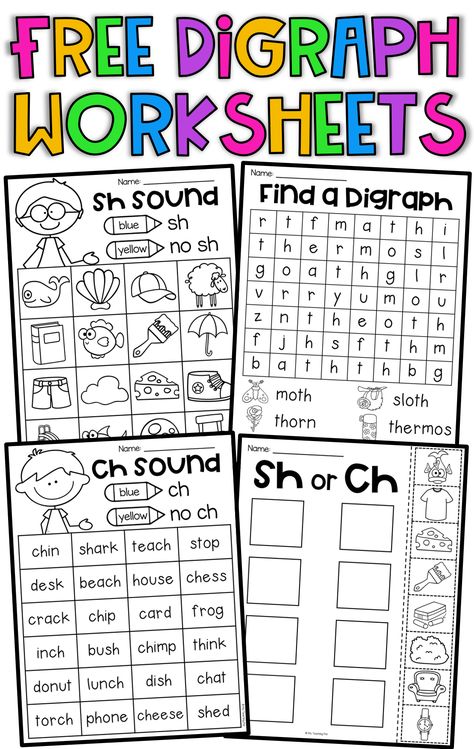 ..
..
This entry was posted in COVID19, online sessions, Remote learning and tagged engagement in remote learning, fun ideas for elearning, guess the sound, mystery sounds, virtual icebreakers. Bookmark the permalink.
About Me
G'day! I am a secondary teacher in a small rural prep to year 12 school in Australia. I teach Information Technology and Accounting and am passionate about learning, immersing technology in the classroom, rural education and global education.
ef="https://murcha.files.wordpress.com/2011/10/annemirtschin.png">Archives
Archives Select Month November 2022 November 2021 October 2021 September 2021 August 2021 July 2021 June 2021 December 2020 November 2020 October 2020 September 2020 August 2020 July 2020 June 2020 May 2020 April 2020 March 2020 February 2020 December 2019 November 2019 September 2019 August 2019 July 2019 June 2019 May 2019 April 2019 March 2019 February 2019 December 2018 November 2018 October 2018 September 2018 August 2018 July 2018 May 2018 April 2018 March 2018 February 2018 January 2018 December 2017 November 2017 October 2017 September 2017 August 2017 July 2017 June 2017 May 2017 April 2017 March 2017 February 2017 January 2017 December 2016 November 2016 October 2016 September 2016 August 2016 July 2016 June 2016 May 2016 April 2016 March 2016 February 2016 December 2015 November 2015 October 2015 September 2015 August 2015 July 2015 June 2015 May 2015 April 2015 March 2015 February 2015 January 2015 December 2014 November 2014 October 2014 September 2014 August 2014 July 2014 June 2014 May 2014 April 2014 March 2014 February 2014 January 2014 December 2013 November 2013 October 2013 September 2013 August 2013 July 2013 June 2013 May 2013 April 2013 March 2013 February 2013 January 2013 December 2012 November 2012 October 2012 September 2012 August 2012 July 2012 June 2012 May 2012 April 2012 March 2012 February 2012 January 2012 December 2011 November 2011 October 2011 September 2011 August 2011 July 2011 June 2011 May 2011 April 2011 March 2011 February 2011 January 2011 December 2010 November 2010 October 2010 September 2010 August 2010 July 2010 June 2010 May 2010 April 2010 March 2010 February 2010 January 2010 December 2009 November 2009 October 2009 September 2009 August 2009 July 2009 June 2009 May 2009 April 2009 March 2009 February 2009 January 2009 December 2008 November 2008 October 2008 September 2008 August 2008 July 2008 June 2008 May 2008 April 2008 March 2008 February 2008 January 2008 December 2007 November 2007 October 2007 September 2007 August 2007 July 2007 June 2007-
Search for:
Categories
CategoriesSelect Category21st century education (41)accounting (4)ambitions (2)apps (2)AR/VR (1)Asian Connections (26)Australia series (11)awards (12)backchannel (5)blogging (65)blogs (11)CEP (1)challenges (9)China Connects (4)China trip (5)coding (4)community partnerships (3)conference presentations (22)conferences (157)COVID19 (57)crowdsourcing (2)cybersafety (14)day in a sentence (5)digital literacies (2)digital pedagogy (1)Digital Schools (2)DigiTech (1)early years (2)economics and commerce (1)engaging students with technology (10)eplanks (14)equipment (3)esafety (5)eT@lking (121)evaluation (3)events (121)extra curricula (3)extras (2)file sharing (1)flatclassroom projects (19)forums (2)games in learning (4)GamesNET (2)Gaming (7)getting staff on web2.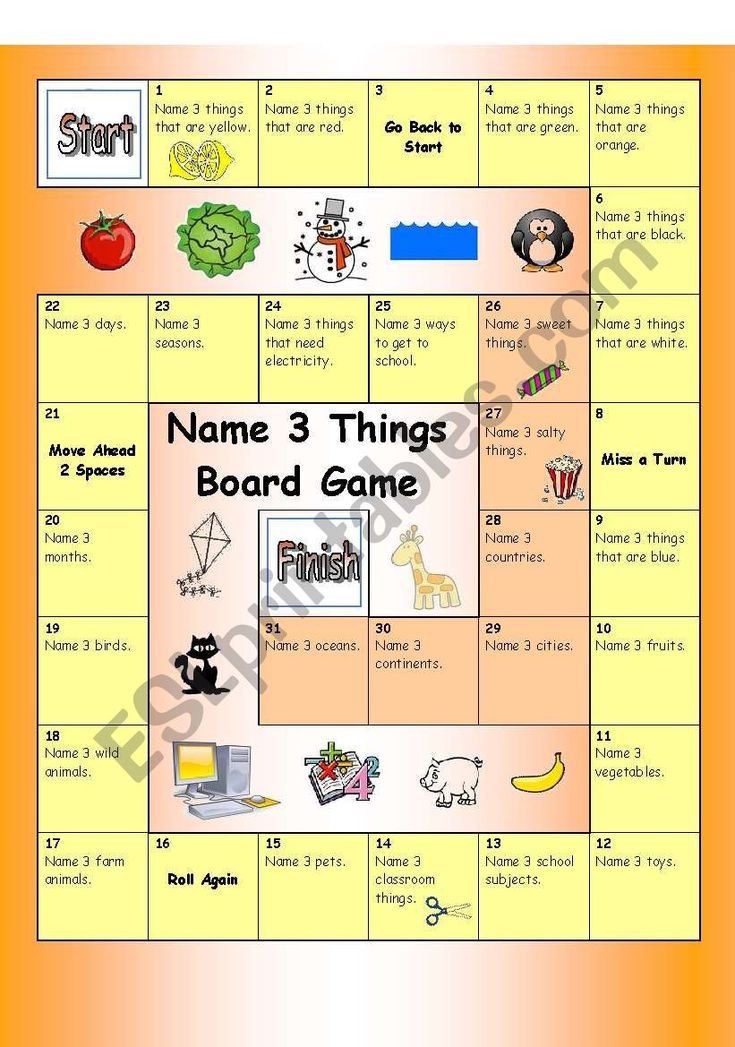 0 (2)Getting Started (8)global classroom (95)global connections (30)global education day (1)global projects (74)global schools (42)goals (1)hybrid learning (1)interviews (1)live blogging (1)meme (2)microsoft (1)minecraft (4)mobile technology (1)movies (3)MS Kodu (1)MS Kodu (1)m_Technology (10)netbooks (4)netgened (5)networking (6)ning (2)online quizes (1)online sessions (6)parent partnerships (6)Parents (1)pd (1)peer to peer mentoring (1)Penshurst Discovery Centre (2)ping (7)PLN (10)podcasting (9)polycom (13)presentations (1)professional development (11)professional devlpt (4)programming (3)reflections (26)Remote learning (28)reports (2)resources (4)robotics (1)school programs (1)Singapore (1)skills development (1)skype (132)skype in the classroom (43)smart boards (4)snip (1)social networking (18)staff on web2.0 (1)student worksheets (1)student_led_learning (3)Tech Talk Tuesday (154)tips (2)travels (3)twitter (26)Uncategorized (199)videoconferencing (96)videos (2)virtual classrooms (35)virtual teaching rounds (6)virtual worlds (4)web 2.
0 (2)Getting Started (8)global classroom (95)global connections (30)global education day (1)global projects (74)global schools (42)goals (1)hybrid learning (1)interviews (1)live blogging (1)meme (2)microsoft (1)minecraft (4)mobile technology (1)movies (3)MS Kodu (1)MS Kodu (1)m_Technology (10)netbooks (4)netgened (5)networking (6)ning (2)online quizes (1)online sessions (6)parent partnerships (6)Parents (1)pd (1)peer to peer mentoring (1)Penshurst Discovery Centre (2)ping (7)PLN (10)podcasting (9)polycom (13)presentations (1)professional development (11)professional devlpt (4)programming (3)reflections (26)Remote learning (28)reports (2)resources (4)robotics (1)school programs (1)Singapore (1)skills development (1)skype (132)skype in the classroom (43)smart boards (4)snip (1)social networking (18)staff on web2.0 (1)student worksheets (1)student_led_learning (3)Tech Talk Tuesday (154)tips (2)travels (3)twitter (26)Uncategorized (199)videoconferencing (96)videos (2)virtual classrooms (35)virtual teaching rounds (6)virtual worlds (4)web 2.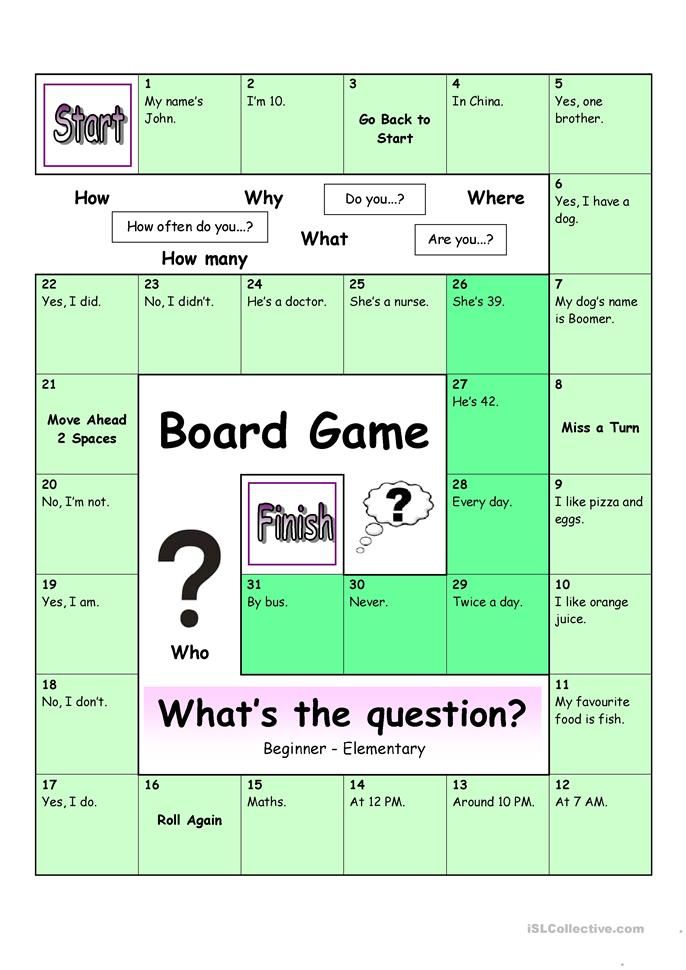 0 (19)web conferencing (32)web2.0 (35)webcasts (6)webinar (3)webkinz (1)widgets (1)WIWOW (14)
0 (19)web conferencing (32)web2.0 (35)webcasts (6)webinar (3)webkinz (1)widgets (1)WIWOW (14) Proud to be…
<a
Shortlisted for the Edublogs Awards 2010
http://www.learncentral.org/alterevent/widget/046ef3f8af126bf8cc3c5130f5052063/portraitBlogroll
- blk – bonnie’s blog
- Capspace for Polycom
- e-learning journeys
- langwitches
- Learning2.0 Virtual Conference
- n2teaching
- Smart blog
- Steve Hargadon
- Teaching with Technology
- Technology in the Middle
- The edublogger
- whipblog
Challenges
- Kick Start Your Blog Challenge
Cross Culture Blog Teachers
- Dorothy Lee
Global Classrooms
- Blog
- Global Classroom Project Blog
- Global Classroom Wiki
- Global Education Connections Blog
- Globalclassroom Chat
- Tatyana Moscow
- Wiki
Global Projects
- 2013 Horizon Report
- Kidlink
- Netgened Guide
- Netgened Teacher Google Users Group
- Netgened Teacher Group 2013
Globaled2010 conference
- Globaled conf site
- Globaled conf wiki
- Planning wiki
hlw skypers
- Sebastian Panakal
MOOC
- Game Based Learning
- Games Youtube channel
- google hangout/air
My other blogs
- Christmas2.
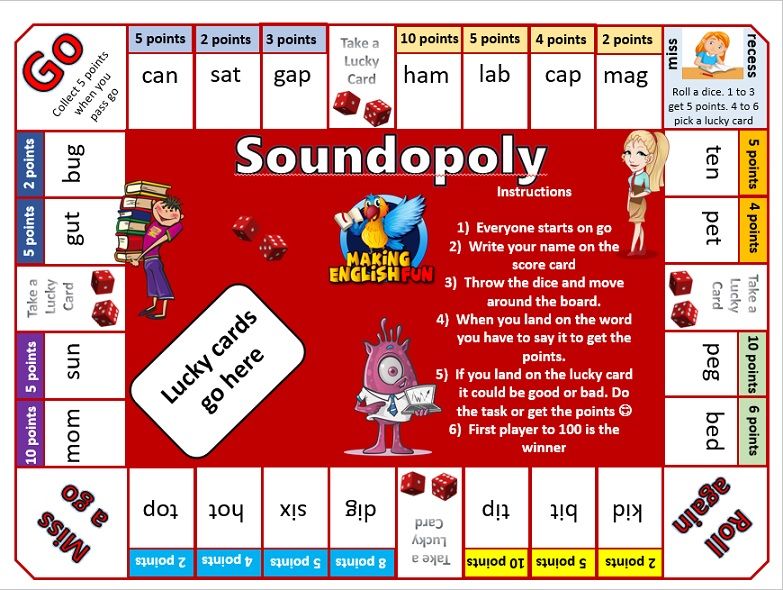 0us
0us - ejourney with Technokids
- Our own backyard
- Web2 Telegraph
- Christmas2.
resources
- 122 for you, from Coolcatteacher
- Blackboard Collaborate
- Polycom CAPspace
- SeeShareShape
Special to me
- Geometry Gym
- Princess Prachi
Trial projects
- Floating Worlds
- Floating worlds ning
- plpnetbooktrial ning
- plpnetbooktrial wiki
Virtual Teaching Rounds
- Learning Online
- Teaching Online
- Teaching with Technology
-
http://static.ning.com/socialnetworkmain/widgets/index/swf/badge.swf?v=201107191306
Visit Educators' Guide to Innovation September 2020 M T W T F S S 1 2 3 4 5 6 7 8 9 10 11 12 13 14 15 16 17 18 19 20 21 22 23 24 25 26 27 28 29 30 21st century education Asian Connections blogging conference presentations conferences COVID19 cybersafety eplanks eT@lking events flatclassroom projects global classroom global connections global projects global schools polycom reflections Remote learning skype skype in the classroom social networking Tech Talk Tuesday twitter Uncategorized videoconferencing virtual classrooms web 2.
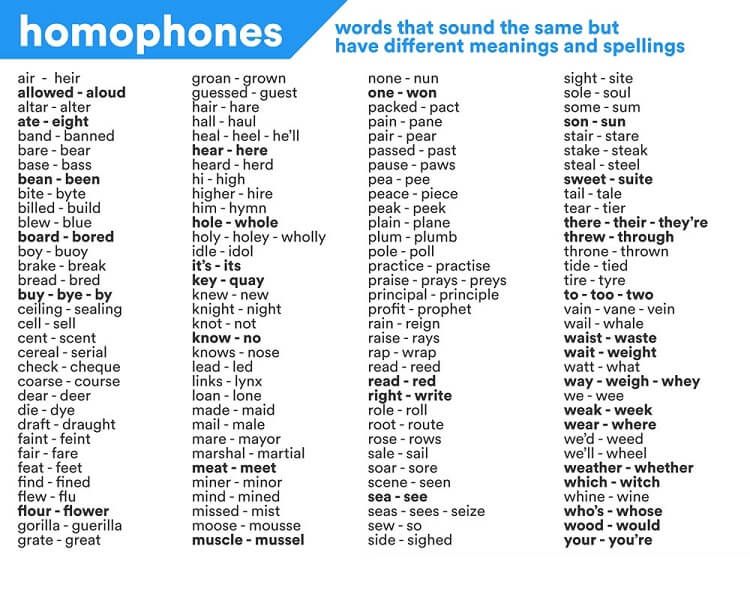 0 web2.0 web conferencing WIWOW
0 web2.0 web conferencing WIWOW-
Email Address:
Top Posts
- When English is not a common language!
- ren sun ren hai - 'people mountain people sea'
- Virtual Ice Breakers - Mystery Sounds
From the Past
From the Past Select Month November 2022 (1) November 2021 (2) October 2021 (2) September 2021 (2) August 2021 (2) July 2021 (3) June 2021 (1) December 2020 (6) November 2020 (2) October 2020 (1) September 2020 (4) August 2020 (4) July 2020 (2) June 2020 (9) May 2020 (15) April 2020 (10) March 2020 (5) February 2020 (1) December 2019 (3) November 2019 (4) September 2019 (4) August 2019 (1) July 2019 (1) June 2019 (2) May 2019 (1) April 2019 (1) March 2019 (2) February 2019 (1) December 2018 (2) November 2018 (4) October 2018 (5) September 2018 (3) August 2018 (3) July 2018 (3) May 2018 (3) April 2018 (1) March 2018 (2) February 2018 (2) January 2018 (2) December 2017 (4) November 2017 (7) October 2017 (3) September 2017 (1) August 2017 (3) July 2017 (5) June 2017 (1) May 2017 (5) April 2017 (2) March 2017 (4) February 2017 (6) January 2017 (7) December 2016 (3) November 2016 (5) October 2016 (3) September 2016 (6) August 2016 (2) July 2016 (3) June 2016 (2) May 2016 (4) April 2016 (2) March 2016 (2) February 2016 (2) December 2015 (5) November 2015 (7) October 2015 (5) September 2015 (7) August 2015 (4) July 2015 (8) June 2015 (8) May 2015 (5) April 2015 (3) March 2015 (2) February 2015 (4) January 2015 (2) December 2014 (4) November 2014 (11) October 2014 (7) September 2014 (5) August 2014 (9) July 2014 (7) June 2014 (3) May 2014 (5) April 2014 (3) March 2014 (5) February 2014 (9) January 2014 (5) December 2013 (10) November 2013 (8) October 2013 (13) September 2013 (13) August 2013 (2) July 2013 (11) June 2013 (11) May 2013 (12) April 2013 (6) March 2013 (15) February 2013 (8) January 2013 (5) December 2012 (13) November 2012 (13) October 2012 (15) September 2012 (20) August 2012 (21) July 2012 (17) June 2012 (16) May 2012 (12) April 2012 (15) March 2012 (13) February 2012 (12) January 2012 (9) December 2011 (7) November 2011 (14) October 2011 (16) September 2011 (15) August 2011 (14) July 2011 (6) June 2011 (13) May 2011 (13) April 2011 (11) March 2011 (16) February 2011 (16) January 2011 (19) December 2010 (18) November 2010 (19) October 2010 (28) September 2010 (15) August 2010 (20) July 2010 (14) June 2010 (11) May 2010 (24) April 2010 (23) March 2010 (12) February 2010 (5) January 2010 (4) December 2009 (7) November 2009 (7) October 2009 (3) September 2009 (6) August 2009 (9) July 2009 (13) June 2009 (11) May 2009 (10) April 2009 (10) March 2009 (8) February 2009 (9) January 2009 (6) December 2008 (9) November 2008 (10) October 2008 (13) September 2008 (5) August 2008 (11) July 2008 (13) June 2008 (11) May 2008 (11) April 2008 (12) March 2008 (8) February 2008 (9) January 2008 (7) December 2007 (5) November 2007 (5) October 2007 (5) September 2007 (1) August 2007 (9) July 2007 (5) June 2007 (1)My Profile
- Twitter/murcha
- Del.
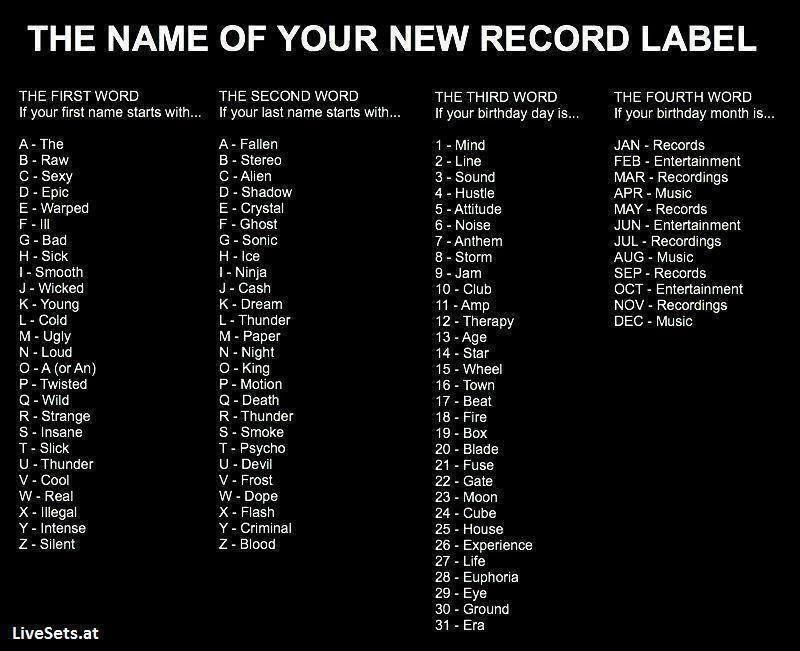 icio.us/murcho
icio.us/murcho - Skype/anne.mirtschin
- GMail/Anne M
- Blog/Anne M
- /
Twitter Updates
- RT @SIMAacademy: Catch us at tonight's #GLOWedu conference at 6:30pm for "The power of films to teach Global Citizenship and Media Literacy… 1 month ago
- Excited that an online global education conference is again to take place under the leadership and guidance of… twitter.com/i/web/status/1… 1 month ago
- @townesy77 I used ot use ning a lot for global collaboration 6 months ago
- RT @Larryferlazzo: The Best 16 Web 2.0 Applications For Education In 2022 – Part One larryferlazzo.edublogs.org/2022/06/13/the… 6 months ago
- As Australia celebrates World Teacher Day, we came to school amidst bad storms, heavy rain, no power or internet, m… twitter.
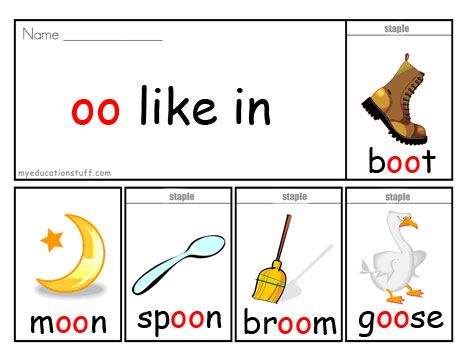 com/i/web/status/1… 1 year ago
com/i/web/status/1… 1 year ago
-
Feedjit Live Blog Stats
Meta
- Register
- Log in
- Entries feed
- Comments feed
- WordPress.com
Didactic games for knowledge of sounds and letters | Methodological development for the development of speech (preparatory group) on the topic:
IF THERE IS NOTHING TO DO IN THE EVENING
Didactic game "Name the word"
Purpose: To exercise children in finding words for a given sound.
Description: Option 1: The host invites the children to take turns naming words for a certain sound (which sound, the host determines before the game or the children choose). The children take turns saying the words.
Option 2: For more interest, you can offer to play for cookies (small sweets, marmalade, etc.) In front of each child is a plate with the same amount of sweets.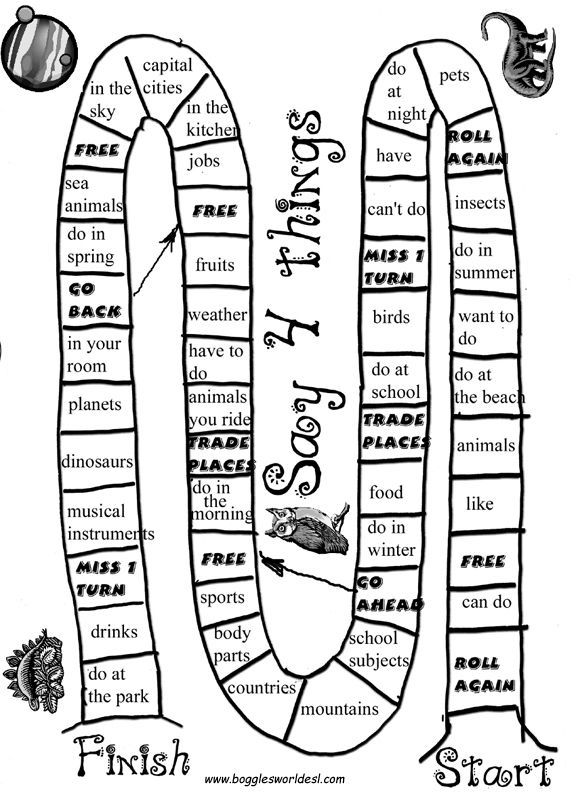 There is an empty plate in the center of the table. Children take turns saying words with the correct sound. The child who does not name the word shifts one cookie from his plate to a common plate in the center of the table. The one with the most sweets left wins. nine0003
There is an empty plate in the center of the table. Children take turns saying words with the correct sound. The child who does not name the word shifts one cookie from his plate to a common plate in the center of the table. The one with the most sweets left wins. nine0003
Option 3: You can play for chips. For each word, the driver gives out a chip (for example, counting sticks or any small toys). The player with the most chips wins. You can offer some kind of encouragement as a reward: candy, watch your favorite cartoon, read a fairy tale. Encouragement is negotiated in advance.
Didactic game "Chain of words"
Purpose: To exercise children in inventing words for a given sound.
Description: Option 1: The first player says any word. The next player comes up with a word that sounds like the end of the first player's word. Etc. (cat - cake - tank - pan - apple - sheep - chicken, etc.) An adult monitors the correct naming of words. nine0003
Option 2: This game can be played by writing down your word.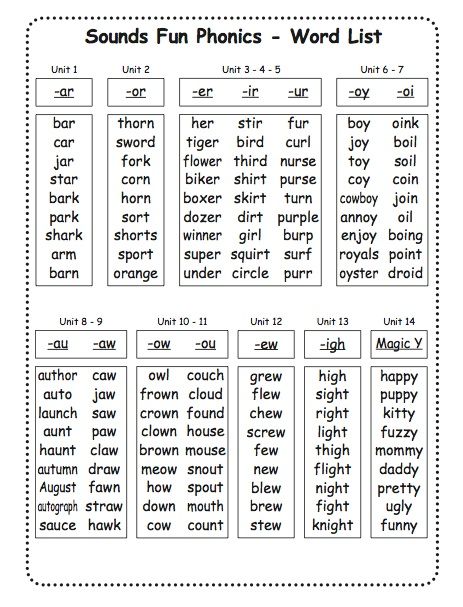 The first player (or the leader - an adult) writes down the word on a piece of paper and passes the sheet to the next in turn. That player writes down his word on the sound with which the previous word ended and passes the sheet of paper to the next. The duration of the game is 15 - 20 minutes (depending on the perseverance of the children). An adult monitors the correct spelling of words and the implementation of the rules of the game (name words for the last sound of the previous word).
The first player (or the leader - an adult) writes down the word on a piece of paper and passes the sheet to the next in turn. That player writes down his word on the sound with which the previous word ended and passes the sheet of paper to the next. The duration of the game is 15 - 20 minutes (depending on the perseverance of the children). An adult monitors the correct spelling of words and the implementation of the rules of the game (name words for the last sound of the previous word).
Didactic game "Who will write more words"
Purpose: To exercise children in finding words for a certain sound (or with a certain sound). Exercise in finding the place of sound in a word.
Description: Option 1: In front of each child is a sheet of paper, preferably in a wide ruler, and a simple pencil. The driver determines the time of the game (15 - 20 minutes), during this time the children will write down the words to the sound proposed by the driver. At the end of the game time, the driver - an adult checks the spelling of words (spelling errors are not taken into account, but are corrected with the child so that the latter tries to visually remember the correctly spelled word).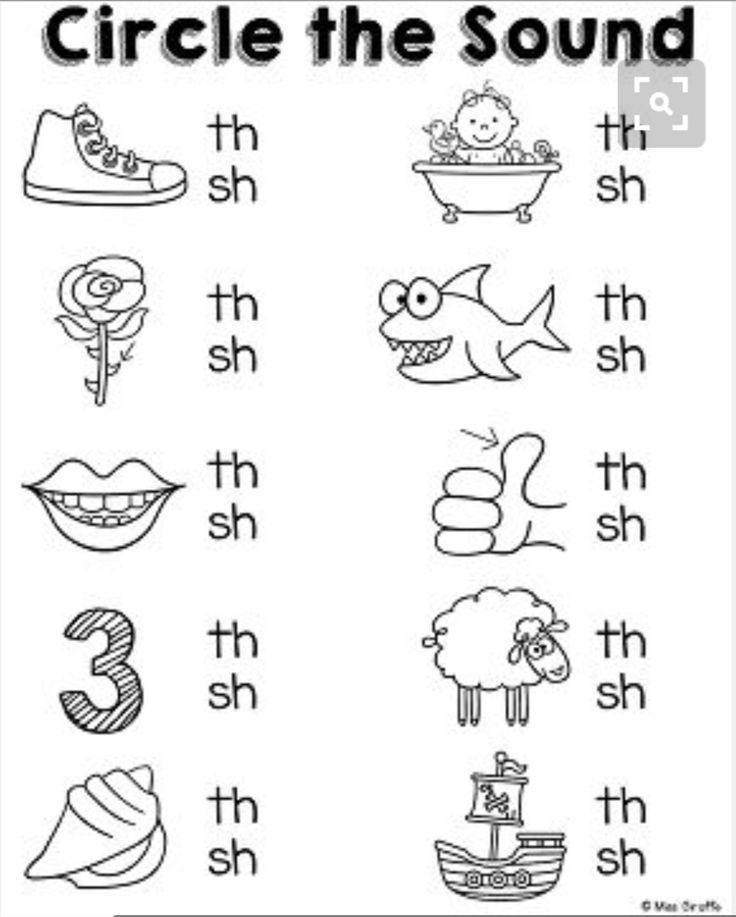 At the end of the game, the number of written words for each child is counted. The winner is the player who wrote the most words. nine0003
At the end of the game, the number of written words for each child is counted. The winner is the player who wrote the most words. nine0003
Option 2: The speaker suggests writing down words with a given sound and emphasizing the sound in the word, thereby determining its place in the word (at the beginning, middle, end of the word). The one with the most words written wins.
Didactic game "Disassemble the word into sounds"
Purpose: To exercise children in finding vowel sounds, in the ability to identify soft and hard consonant sounds by ear, using the reading of syllables and words.
Description: An adult writes 6-10 words on a piece of paper and invites the child to parse the words into sounds. First, the whole word is read. When parsing a word, it is easier to find vowel sounds first (they stretch during pronunciation, nothing interferes in the mouth, they are indicated by a red circle). Next, you should invite the child to read the first syllable and hear the first consonant sound - how it sounds when reading it with a vowel sound.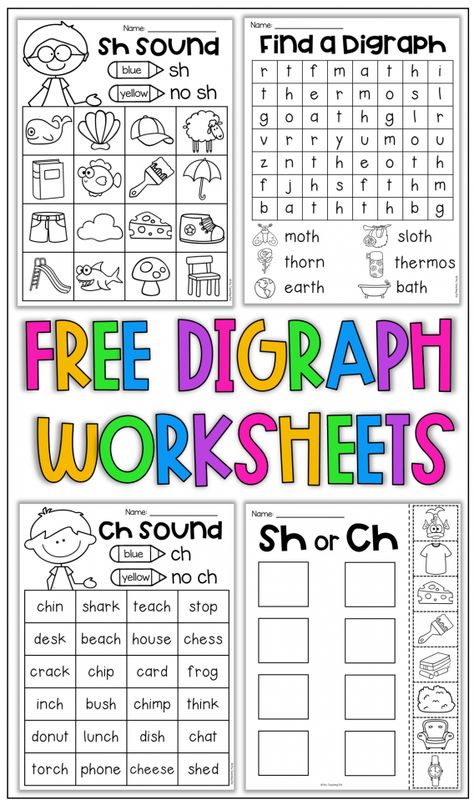 A soft consonant is indicated by a green circle, a hard consonant by a blue circle. nine0003
A soft consonant is indicated by a green circle, a hard consonant by a blue circle. nine0003
Didactic game "Find the sound in the word"
Purpose: To exercise children in finding the place of the sound in the word.
Description: Option 1: At the beginning of the game, the sound that children will look for in words is determined. An adult calls a word with the right sound, the child looks for its place in the word (at the beginning, middle, end of the word).
Option 2: You can complicate the task (if the child can easily cope with the first version of the game), and invite the child to name which sound counts. For example, the sound "SH" is searched for. Shshshum - the first; marchshsh - fourth; ourssh - third, etc.
Didactic game "Make a word"
The game requires letters of the alphabet, preferably 2-3 sets. Letters cut out of paper (cardboard) are also suitable: vowels - red, soft consonants - green, hard consonants - blue.
Purpose: To consolidate knowledge of letters.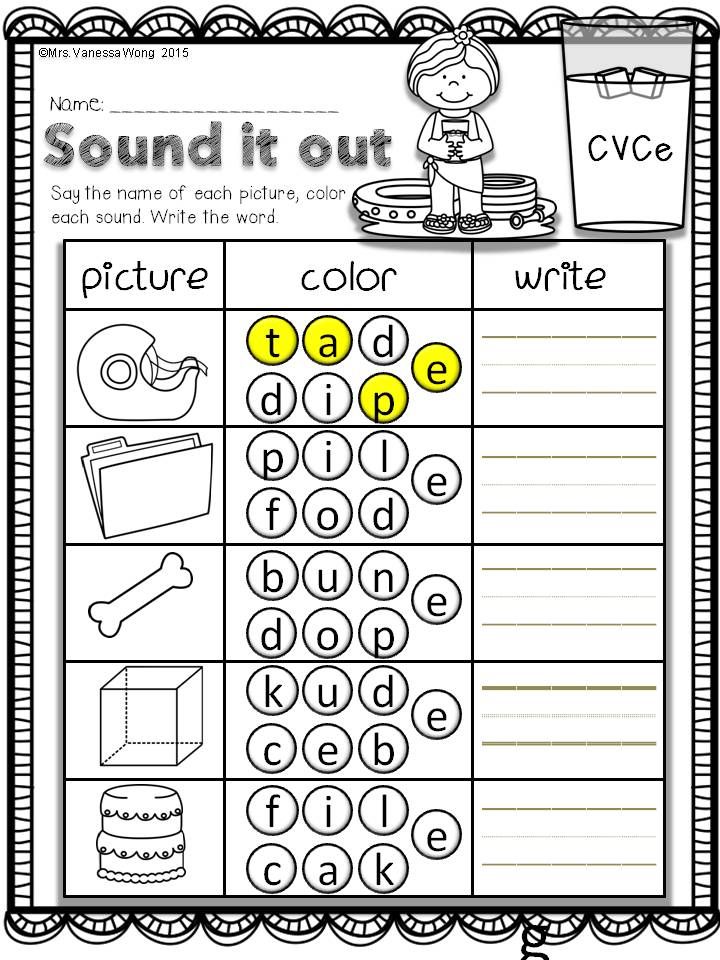 Exercise in the ability to hear soft and hard sounds, as well as vowel sounds.
Exercise in the ability to hear soft and hard sounds, as well as vowel sounds.
Description: Option 1: The leader calls the word (the word is pronounced clearly, highlighting all the sounds), the child puts this word in letters on the table. The driver checks the spelling of the word by sounds. For example, juice - JUICE; linden - LINDE, etc.
Option 2: Children independently lay out different words, trying not to repeat themselves. The driver checks the spelling of the words.
Didactic game "Disassemble words into syllables"
Purpose: To exercise children in dividing words into syllables. To consolidate knowledge of the rule: how many vowels in a word, so many syllables.
Description: Option 1: An adult calls the word, the child divides it into syllables by ear, pronouncing the word in parts. (Machine - machine-shi-na, doll - doll-la, etc.)
Option 2: An adult writes 6-8 words on a piece of paper and invites the child to parse the words into syllables.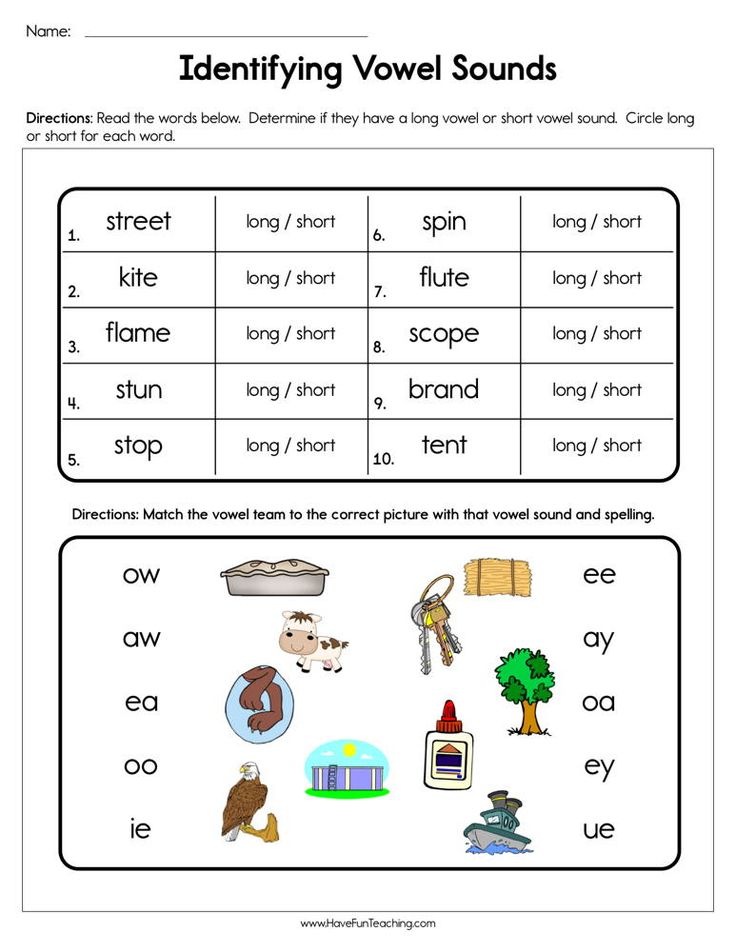 First, the whole word is read. The number of vowel sounds in a word is determined. The word is pronounced syllable by syllable, separating the syllables with a vertical line and underlining each syllable as it is pronounced.
First, the whole word is read. The number of vowel sounds in a word is determined. The word is pronounced syllable by syllable, separating the syllables with a vertical line and underlining each syllable as it is pronounced.
CAR DOLL
Option 3: Children lay out a word from a set of letters and divide it into syllables, pushing the word apart.
Card file of didactic games for the development of the sound culture of speech, the grammatical structure of speech, the dictionary of preschoolers, coherent speech | Card file for the development of speech on the topic:
Connected speech.
1. A game to clarify the form of the genitive case.
"Guess whose things these are"
Children are offered pictures showing: a grandmother in a scarf, mother in a dressing gown, a girl in a fur coat, a man in a hat, etc., as well as pictures depicting individual objects (a scarf, a dressing gown, hat, etc.) First, the children look at the pictures.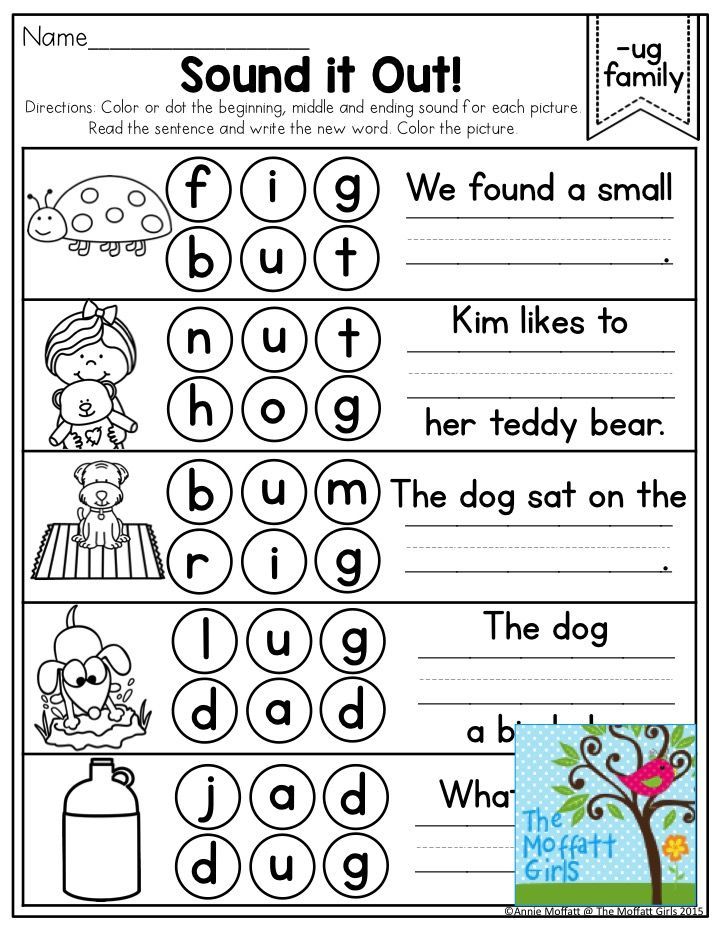 The teacher names one of the items, and the children name who owns this item (This is grandmother's scarf; This is mom's robe, etc.)
The teacher names one of the items, and the children name who owns this item (This is grandmother's scarf; This is mom's robe, etc.)
2. A game to reinforce the plural form.
"One - many"
Purpose: to reveal the ability of children to independently form nouns. plural from noun. singular.
Move: The teacher shows a picture of one object and invites the child to find a picture of the same object, but in a large number.
Pictures: ball - balls, house - houses, bucket - buckets, etc.
The teacher shows a picture and calls: a ball. nine0003
- What about you, - the teacher asks, - what is in the picture?
Child's answer: I have balloons in the picture.
Thus, he proposes to name all the pictures.
3. Game for the formation of compound words.
“Echo”
-Little lines fall -leaf fall
-sm goes -self -propelled gun
-Slick falls -snowfall
-Med -Medonos
-Falls
-stars fall -Starfall
- mowing hay - haymaking, etc.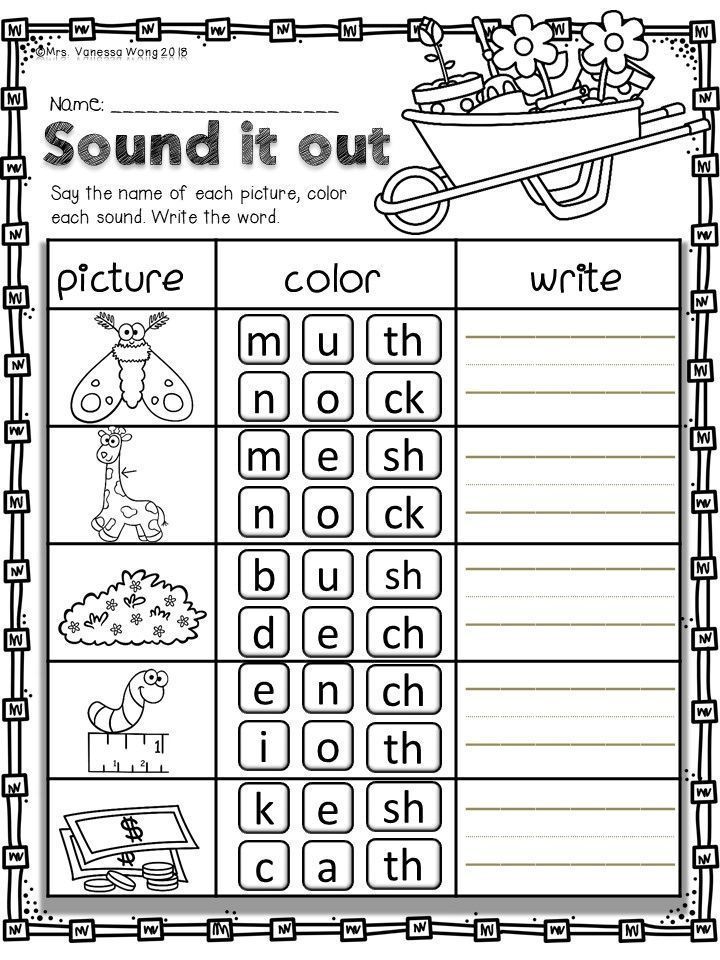 nine0003
nine0003
4. A game for the formation of the ability to use diminutive-petitive and scornful-augmentative suffixes.
"Big-small"
Purpose: to reveal the ability of children to form nouns with the help of suffixes. diminutive - affectionate meaning.
Equipment: Cards showing large and small objects.
Move: The teacher shows a picture with the image of large and small red circles, invites the children to name what is on the card: a small circle, a large circle. The teacher invites the children to name the mugs without the words "big" and "small", and then individually. nine0003
Is this? - points to a small circle.
The child's answer is “a circle”.
-And this? - points to the big one.
The child's answer is "circle".
5. I/u “Who lives where?”
Purpose: to teach how to compose a story according to the proposed plan-scheme.
Game progress: children talk about their house according to a graphic plan:
Street name,
what is it? (material: brick, wood, block,
How many floors?
How many rooms?
What can be seen from the windows?
Why do you love your home?
The grammatical structure of speech.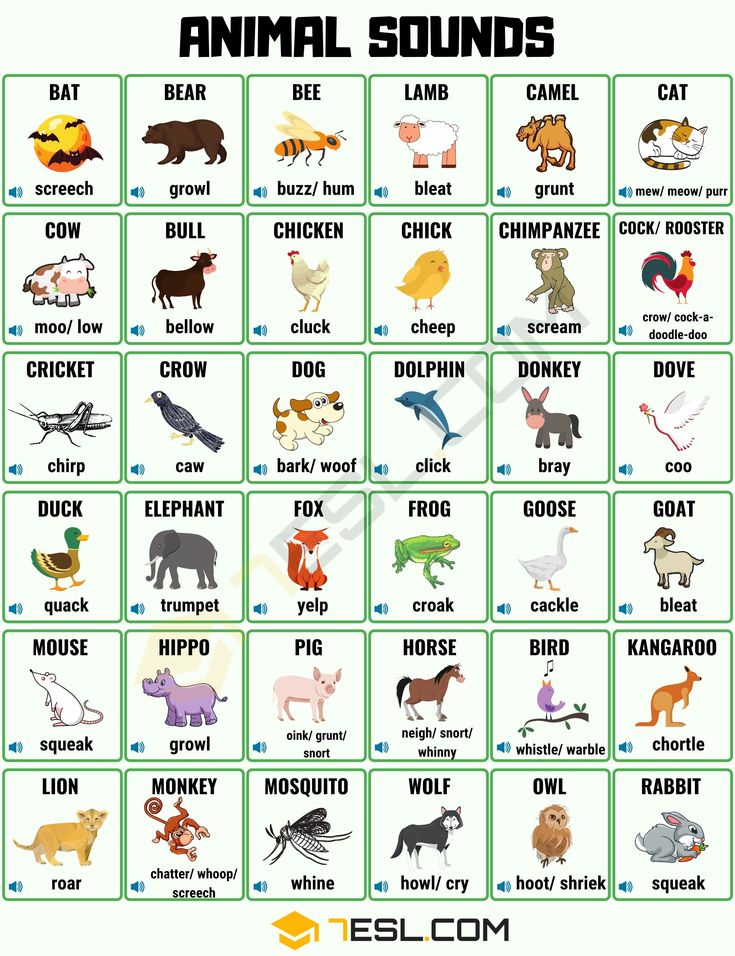
1. The game "Call me affectionately"
Purpose: To teach children to form words using diminutive suffixes.
Equipment: ball.
Move: The teacher says a phrase and throws the ball to the child. Invites the child to return the ball and change the word so that it sounds kind. nine0003
- ball - ball,
- doll - doll,
- bear - bear, bear,
- car - machine,
- dog - dog,
- pyramid - pyramid.
2. Game "Choose a sign"
Purpose: To learn to coordinate adjectives with nouns.
Move: The teacher calls the word and asks questions (what? what? What? what?), the child answers.
- Hat (what?) - blue, warm, winter ...
- Mittens (what?) - warm, red ..
- Jacket (what?) - green, winter, warm ... etc.
3. “Call me affectionately”
Purpose: To learn to form nouns with diminutive suffixes in the singular and plural.
- Cucumber - cucumber - cucumbers,
- tomato - tomato - tomatoes,
- potatoes - potatoes - potatoes,
- eggplant - eggplant - eggplants,
- pepper - pepper - peppers, 900 pumpkin (pumpkin) - pumpkins.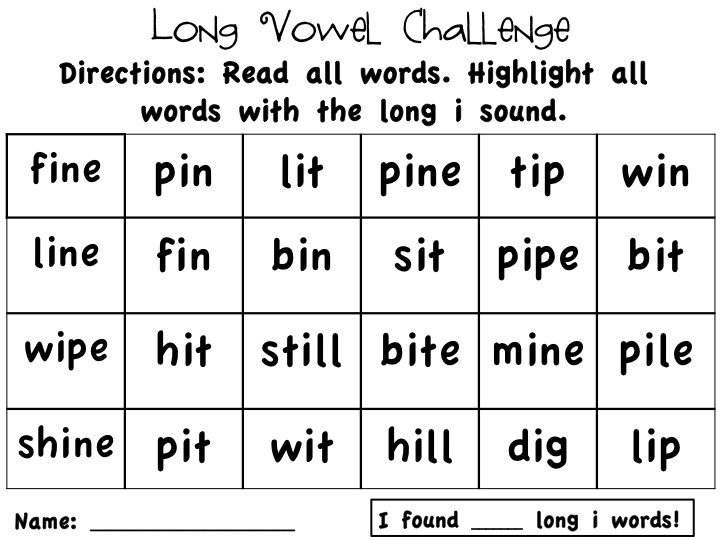 nine0003
nine0003
4. “Tell me which one?”
Purpose: To learn how to form relative adjectives.
- Tomato juice - tomato,
- cucumber - cucumber,
- carrot - carrot,
- cabbage - cabbage,
- beetroot - beet.
5. Game "Where is the beginning of the story?"
Purpose: To teach children to make up stories using Syrian pictures, following the correct temporal and logical sequence. nine0003
Move: The teacher offers the child to compose a story based on the pictures. Pictures serve as a kind of plan for the story, allowing you to convey the plot from beginning to end. For each picture, the child makes a sentence and connects the sentences into a coherent story.
The game can be played individually with each child, with a subgroup and with the whole group of children.
Games for the development of sound culture of speech.
1. Game "Catch the sound"
Purpose: To teach children to name the sound in a word according to its spatial characteristics (first, second, before and after a certain sound)
Equipment: ball.
Course of the game: Children stand in a circle, at the keeper of the ball. The host says a word aloud, throws the ball to any player and says what sound he should call, for example, “mouse, second sound”. The child catches the ball and answers: "Y" - and returns the ball to the leader, who sets the next task related to the same word. All sounds in a word must be analyzed. nine0003
2. Syllable chain game
Purpose: To teach children to distinguish the first and last syllables in words.
Equipment: cards.
Game progress: Cards for the game are distributed equally to the players, they must be placed in front of each player from top to bottom. The game begins with a card on which the left half is empty. on the left of their cards, such a picture, in which the first syllable coincides with this syllable, and lay it out next to the first one. Then the right picture of the second card is analyzed, the last syllable is highlighted in it. Thus, the first syllable is distinguished in the names of the left pictures, and the last syllable in the names of the right pictures.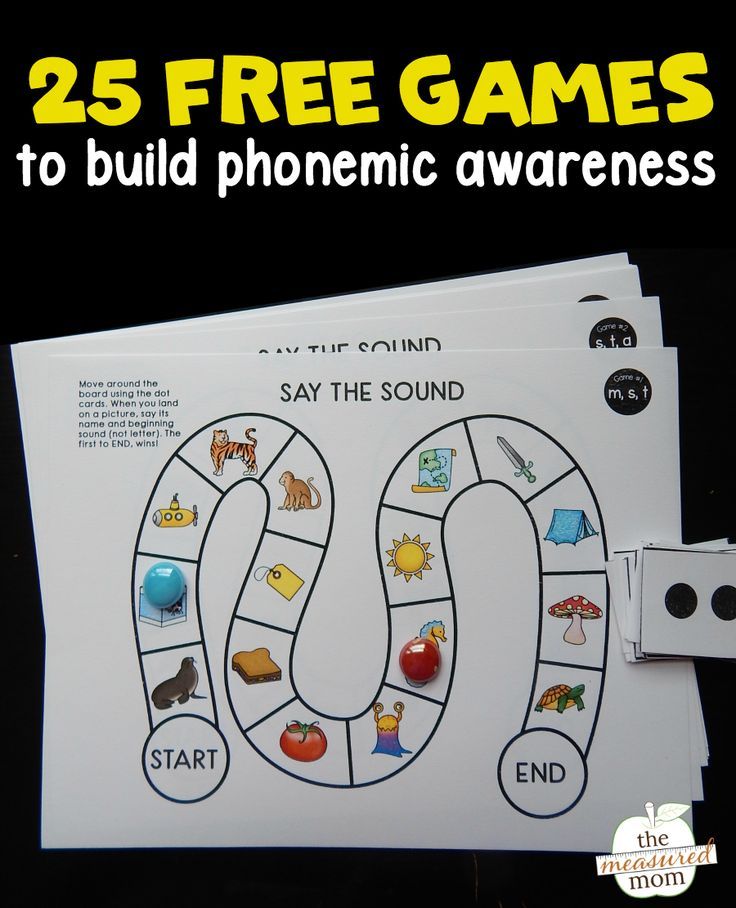 The game should end when all the pictures are laid out, the last card with an empty right half. nine0003
The game should end when all the pictures are laid out, the last card with an empty right half. nine0003
3. The game "Train"
Purpose: To develop the skills of highlighting the first and last syllables in a word.
Game progress: Children are offered to make a train of wagons-cards. Just as in a train the wagons are linked to each other, so the cards should be connected only with the help of sounds. The last sound must match the first sound of the next title. The first card is an electric locomotive, its left half is empty. In the last trailer, the right half is empty. Each in his turn puts a suitable one to the extreme picture, that is, having the first sound in the name, the same as the last sound in this extreme card. Thus, in the names of the left pictures, the first sound is always highlighted, and in the names of the left pictures, the last sound. This must be taken into account and not placed on the right pictures that have voiced consonants at the end of the word in their names.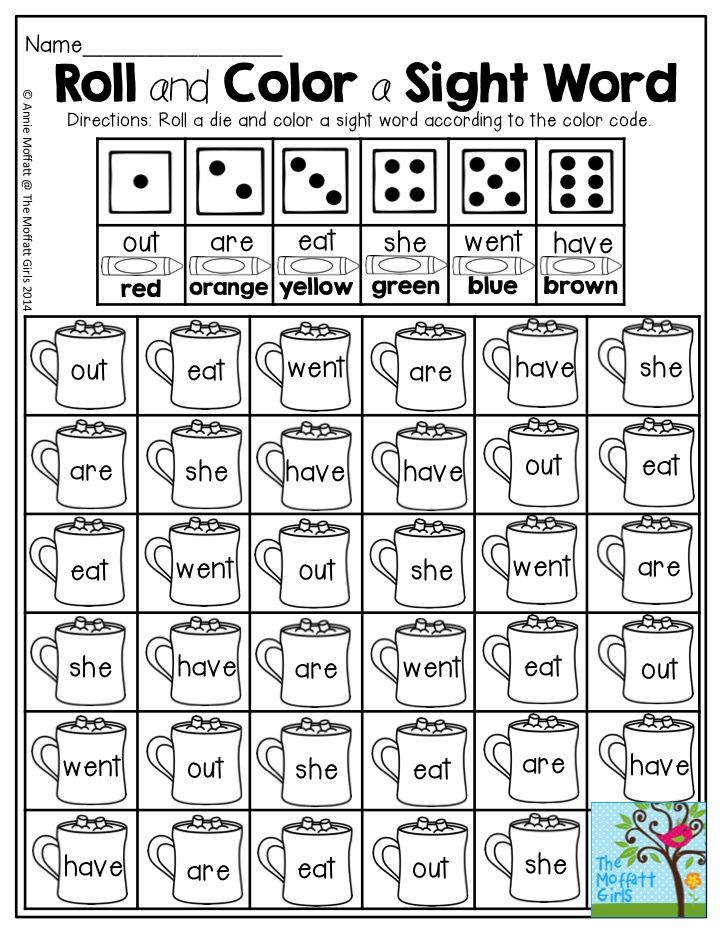 nine0003
nine0003
4. Game "Name the picture and find the first sound."
Purpose: to teach children to find a given sound in a word at the stage of pronouncing the word out loud by the child himself.
Equipment: cards with 4 pictures.
Game progress: The teacher calls any vowel sound, the children say the name of their pictures aloud and find the right one. If the picture is named correctly, the teacher allows you to close it with a chip.
5. Didactic game "Find sounds" with sound ("Ж", "Ш", "Ш", "Ч", "Ц")
Purpose: To teach children to recognize sounds.
Equipment: Object pictures with illustrations with the sound "Ж", "Ш", "Ш", "Ч", "Ц"
Game progress: The teacher tells. That the sounds got lost and offers to help them - to find words for a given sound. The game is played with 1 child or with a subgroup of children. Lead adult. For a correctly named word with a given sound, children receive a chip. Children are looking for a picture with a given sound, call the word intonationally highlighting the given sound.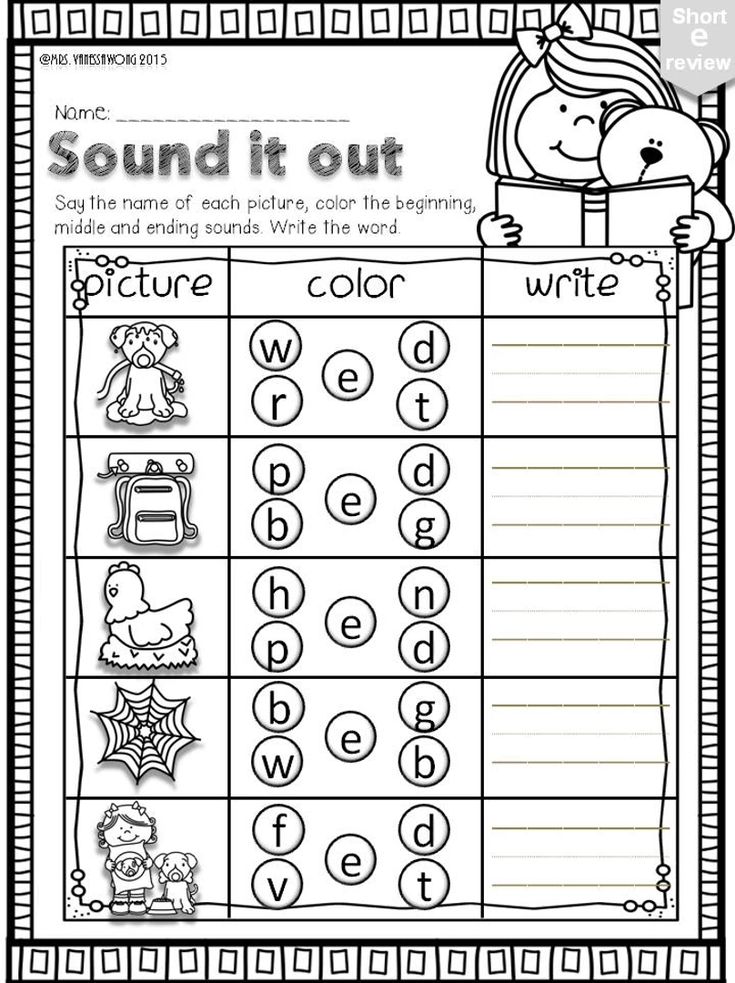 nine0003
nine0003
Purpose: to enrich the verbal vocabulary on the topic.
Equipment: cards with the image of wild and domestic birds, a toy teddy bear.
Game progress: Educator: “Guys, a bear came to visit us from the forest. In the forest, a magpie told him that our children do not know what voices the birds speak with. Do we know? Now I will give you pictures with birds. A bear will approach each of you, and each of you will tell him how his bird talks. nine0003
Words for enriching the dictionary:
o sparrow - it sees
o raven - croaks
O pigeon - cooled
o Tits - whistling
o duck - heals
o Nightingale - sings
o cuckoo - cuckoo
o rooster crows.
2. D / and "Vegetables"
Purpose: to enrich the vocabulary of children with plural nouns on the topic "Vegetables".
Game progress: find a picture by name (one vegetable, match a pair to this picture a pair with a lot (many) images of these vegetables, name the images.
Equipment: doll Masha.
Course of the game: The teacher shows the doll Masha, says: “Masha was presented with the game “One vegetable - many vegetables”, she needs to find pictures with the same image of vegetables. For example: one onion - a lot of onions.
Words to enrich the dictionary:
Onion - a lot of onions;
Potato - lots of potatoes;
Beets - lots of beets;
Cabbage - a lot of cabbage;
Pumpkin - a lot of pumpkin;
Courgettes - marrows - lots of marrows; nine0003
Carrots - carrots - lots of carrots.
3. The game "What's gone?"
Purpose: expansion of vocabulary, development of visual memory.
Equipment: a set of subject pictures on the topic.
Course of the game: Low level of difficulty - an adult lays out 3-4 pictures on a typesetting canvas, naming the objects depicted on them (for example: a bus, a trolleybus, a ship, an airplane). Then he asks the children to name the first (second, last) picture.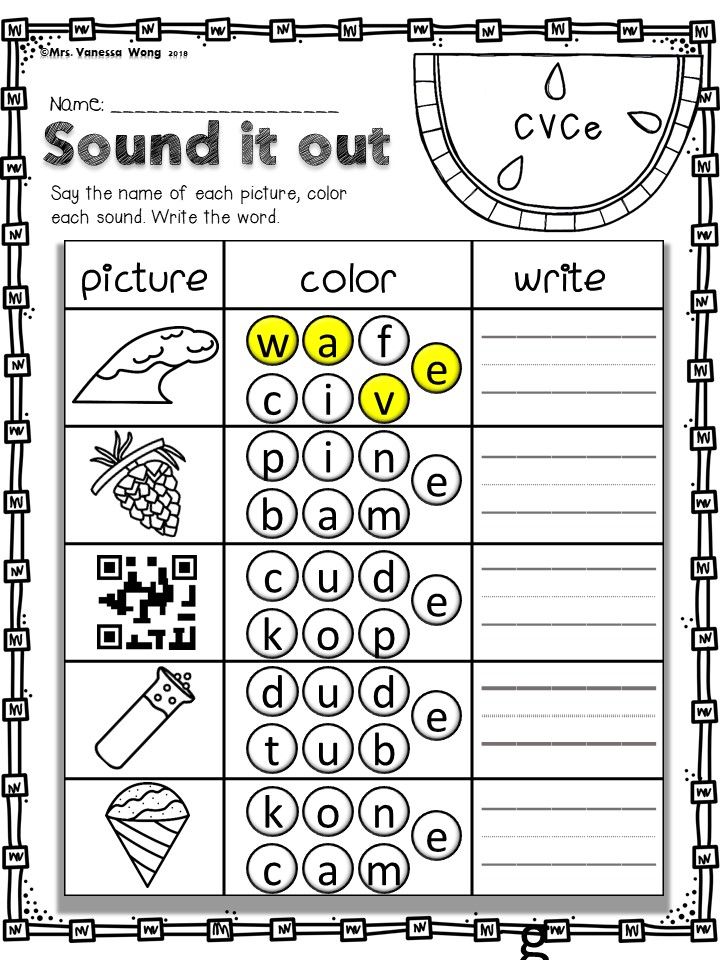 Commands: "One, two, three, don't look" and turns one of them over: "One, two, three, look." Children name which picture is gone. nine0003
Commands: "One, two, three, don't look" and turns one of them over: "One, two, three, look." Children name which picture is gone. nine0003
Intermediate level of difficulty - an adult shows and names 5-6 pictures. After the disappearance of the picture, the children remember the object and the word by which it was called.
High level of difficulty - the number of pictures increases to 7-8. In the task, along with common words on the topic, less commonly used words are used. Children themselves name the pictures presented to adults. After the disappearance of one image, the object and the word by which it was called are remembered.
4. Game “Who is doing what?”
Purpose: to expand the vocabulary with the names of professions.
Equipment: pictures showing people of different professions.
Game progress:
An adult reads a poem:
We will never forget,
What people can do.
Builder - builder;
and then the adult names the profession, and the child, based on the picture, must name what a person of a certain profession does: cook - cooks; cook - cooks (cooks), teacher - teaches, etc.